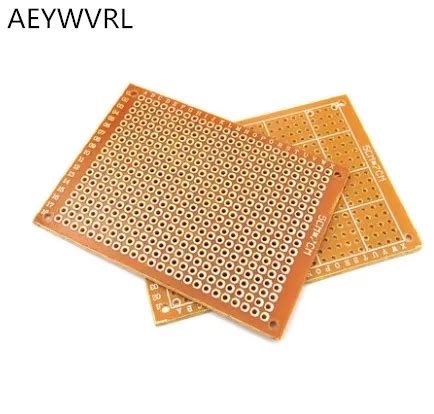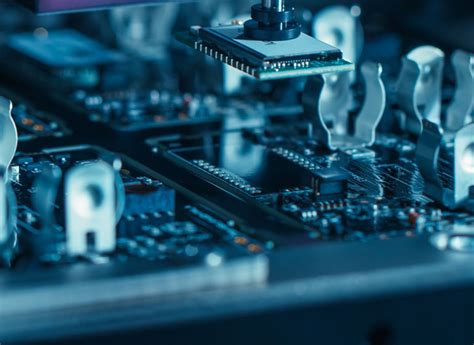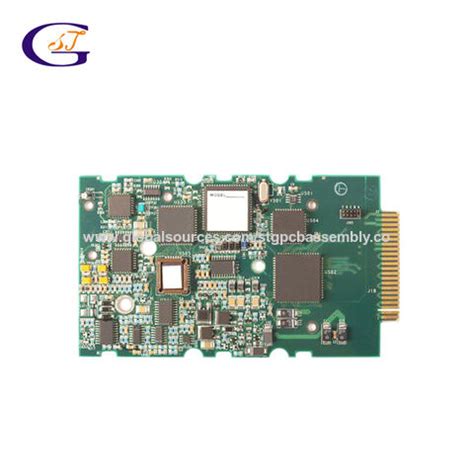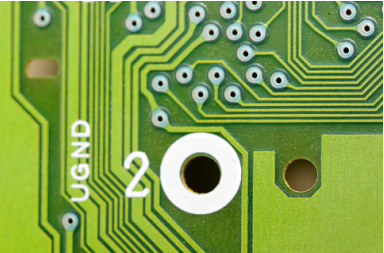PCB Locator: A Comprehensive Guide to Precision in Printed Circuit Board Assembly
Introduction to PCB Locators
In the intricate world of printed circuit board (PCB) manufacturing and assembly, precision is paramount. PCB locators serve as critical tools that ensure components are placed with exacting accuracy on circuit boards. These specialized devices have become indispensable in modern electronics manufacturing, where the miniaturization of components and increasing complexity of board designs demand unprecedented levels of placement precision.
A PCB locator is essentially a positioning system that identifies reference points on a PCB to guide assembly equipment. These systems can range from simple mechanical fixtures to advanced optical recognition systems capable of micron-level accuracy. As electronic devices continue to shrink in size while growing in functionality, the role of PCB locators becomes increasingly vital to maintain quality and reliability in production.

Types of PCB Locators
Mechanical Locators
Mechanical locators represent the most fundamental type of PCB positioning systems. These typically consist of:
- Pins and Bushings: Precision-machined pins that align with corresponding holes in the PCB
- Edge Clamps: Fixtures that secure the board by its edges
- Corner Brackets: L-shaped fixtures that position the board from two adjacent edges
While mechanical locators are cost-effective and simple to implement, they have limitations in handling flexible or irregularly shaped boards and typically offer accuracy in the range of 0.1-0.5mm.
Optical Locators
Optical locator systems represent a significant advancement in PCB positioning technology. These systems utilize:
- Machine Vision Cameras: High-resolution cameras that capture board images
- Fiducial Markers: Specialized reference patterns printed on the PCB
- Image Processing Algorithms: Software that analyzes visual data to determine precise board position
Optical systems can achieve accuracies of 10-50 microns and are particularly valuable for high-density interconnect (HDI) boards and flexible circuits where mechanical fixturing would be impractical.
Hybrid Locator Systems
Many modern assembly lines employ hybrid systems that combine mechanical and optical elements:
- Initial mechanical alignment for rough positioning
- Secondary optical correction for fine adjustment
- Integrated feedback mechanisms that continuously verify board position during assembly
These systems offer the robustness of mechanical fixturing with the precision of optical alignment, making them suitable for mixed-technology production environments.
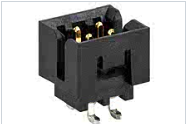
Key Technologies in Advanced PCB Locators
Computer Vision and Pattern Recognition
Modern PCB locators employ sophisticated computer vision algorithms capable of:
- Sub-pixel analysis for detection beyond camera resolution limits
- Multi-fiducial verification using multiple reference points for enhanced accuracy
- 3D profile recognition for components with height variations
Automated Calibration Systems
Advanced locator systems feature:
- Self-calibration routines that maintain accuracy over time
- Thermal compensation to account for equipment expansion
- Wear adjustment algorithms that compensate for mechanical degradation
Real-Time Position Feedback
Integration with assembly equipment enables:
- Dynamic position correction during placement operations
- Closed-loop control systems that adjust for detected deviations
- Predictive positioning based on historical process data
Applications of PCB Locators in Manufacturing
Surface Mount Technology (SMT) Assembly
In SMT lines, PCB locators play several critical roles:
- Board Alignment: Ensuring proper registration before component placement
- Component Verification: Confirming presence and orientation of placed components
- Process Validation: Checking finished assemblies against design specifications
Through-Hole Technology (THT) Assembly
For mixed-technology boards, locators assist in:
- Pin alignment for connectors and large components
- Wave soldering preparation ensuring proper solder mask alignment
- Manual assembly guidance for operator-assisted processes
Inspection and Testing
PCB locators facilitate:
- Automated optical inspection (AOI) positioning
- In-circuit test (ICT) fixture alignment
- Functional test interface positioning
Design Considerations for PCB Locators
Fiducial Marker Design
Effective fiducial markers should incorporate:
- Clear contrast between marker and background
- Consistent size and shape across all boards
- Optimal placement considering board warpage and assembly process
Mechanical Interface Requirements
Designers must account for:
- Board tolerances including thickness variations
- Thermal expansion characteristics of materials
- Access requirements for components and tooling
Software Integration
Successful implementation requires:
- Compatible file formats (Gerber, ODB++, IPC-2581)
- Communication protocols with assembly equipment
- Data management for process tracking and traceability

Advancements in PCB Locator Technology
Artificial Intelligence and Machine Learning
Emerging applications include:
- Predictive positioning based on historical data patterns
- Anomaly detection for process deviations
- Self-optimizing algorithms that improve accuracy over time
3D Vision Systems
New generation locators incorporate:
- Laser triangulation for height measurement
- Structured light projection for full 3D board mapping
- Defect detection beyond traditional 2D limitations
IoT-Enabled Locators
Connected systems offer:
- Remote monitoring of alignment processes
- Predictive maintenance based on equipment performance
- Data analytics for continuous process improvement
Challenges in PCB Locator Implementation
Miniaturization Demands
As components shrink, locators must:
- Detect smaller fiducials (down to 0.2mm in some cases)
- Compensate for reduced contrast in ultra-fine features
- Maintain stability with reduced mechanical reference points
Flexible and Stretchable Electronics
New material forms require:
- Non-contact measurement techniques
- Dynamic positioning for moving substrates
- Novel fiducial designs that work with deformable materials
High-Mix Production Environments
Manufacturers need systems that can:
- Quickly adapt to different board designs
- Automatically recognize product variants
- Maintain accuracy across diverse product families
Best Practices for PCB Locator Implementation
Design Phase Integration
- Early collaboration between board designers and process engineers
- DFM (Design for Manufacturing) reviews focusing on locator requirements
- Prototype validation of locator strategy before full production
Process Validation
- GR&R (Gauge Repeatability and Reproducibility) studies for locator systems
- Correlation studies between different measurement methods
- Continuous monitoring of locator performance
Maintenance and Calibration
- Regular preventive maintenance schedules
- Documented calibration procedures with traceable standards
- Performance trending to identify degradation before it affects quality
Future Trends in PCB Locator Technology
Quantum Dot Fiducials
Emerging technologies may utilize:
- Nanoscale markers with unique optical signatures
- Invisible markers detectable only by specialized systems
- Dynamic markers that change properties for different process steps
Augmented Reality Interfaces
Future systems might incorporate:
- AR overlays for operator guidance
- Virtual fiducials for boards without physical markers
- Interactive troubleshooting aids for maintenance
Distributed Positioning Systems
Advanced concepts could include:
- Embedded sensors within PCBs themselves
- Wireless position tracking throughout assembly
- Blockchain-verified quality records based on locator data
Conclusion
PCB locators have evolved from simple mechanical guides to sophisticated systems integrating advanced optics, artificial intelligence, and real-time data processing. As the electronics industry continues its relentless march toward greater miniaturization and complexity, these systems will play an increasingly vital role in maintaining manufacturing quality and efficiency.
The future of PCB locators lies in their ability to adapt to new materials, form factors, and production paradigms while providing ever-greater precision with reduced setup time. Manufacturers who invest in advanced locator technologies and integrate them thoughtfully into their production processes will gain significant competitive advantages in quality, yield, and time-to-market.
Ultimately, PCB locators represent a critical link between design intent and physical realization in electronics manufacturing—a bridge between the digital and physical worlds that makes modern electronics possible. As such, their continued development and refinement will remain essential to the ongoing advancement of the entire electronics industry.

